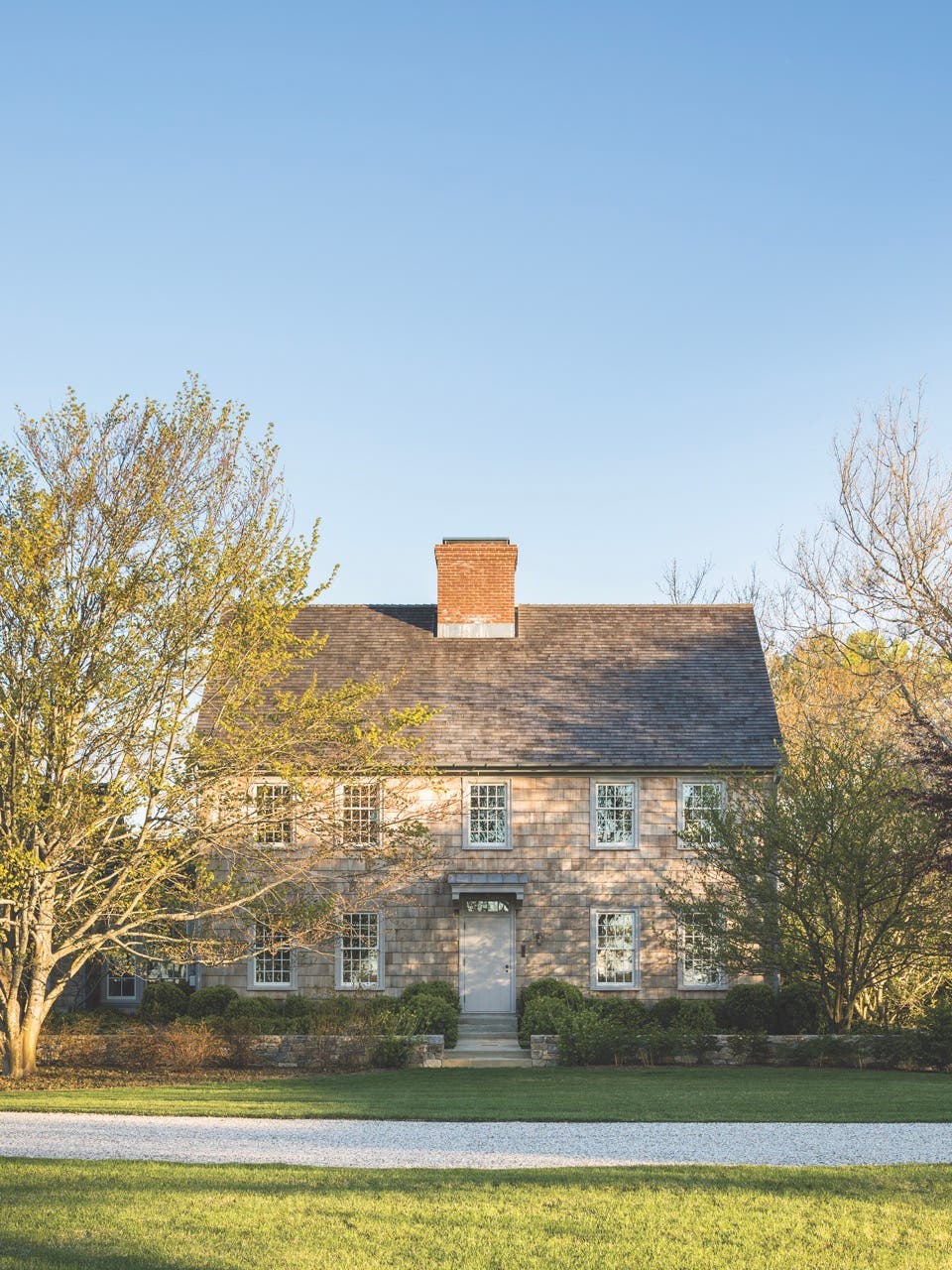
Features
Peter Pennoyer Architects: City/Country
Monographs give us the opportunity to review and critique the oeuvre of our favorite architects, interior designers, and artists. By studying their body of work, comparing and contrasting it all in a single volume, we come to understand their process and projects in a way that cannot be discerned piecemeal.
Serious students of architecture and design as well as connoisseurs of everyday beauty will do well to peruse the large-format Peter Pennoyer Architects: City/Country.
The volume, the second monograph of the firm’s works and the first in 12 years, is a visual delight. Written by architectural historian and Peter Pennoyer staff member Anne Walker and photographed by Eric Piasecki, it features 19 of the firm’s projects, complete with 350 full-color photos, floor and site plans, and drawings from the last decade.
As the title indicates, the projects are divided into two sections—city and country—that showcase the award-winning firm’s versatility and collaborations with a host of preeminent interior designers, ranging from Pennoyer’s wife, Katie Ridder, to Steven Gambrel, Jacques Grange, and Victoria Hagan.
The stories of these projects make fascinating reading, bringing a deeper understanding of the firm’s design decisions and wide-ranging historical inspirations, many of which come from a 10,000-volume library collected over the last three decades.
But Peter Pennoyer Architects: City/Country is much more than a pretty-picture book. We stand alongside Pennoyer and his team every step of the way.
We walk with him through an apartment in an Art Deco building in New York City as he recreates the glamour of an ocean liner, incorporating metalwork salvaged from River House, a landmarked masterpiece in Manhattan.
We’re there as he seamlessly merges two landmarked townhouses in the Upper East Side Historic District, preserving the facades while demolishing the buildings and designing spectacular details, including a coffered American walnut ceiling, based on Roman precedents, that features hand-carved rosettes, egg-and-dart motifs, and acanthus leaves.
During one of the more complex projects, a Ladies’ Mile Triplex, we watch as the firm restores the exterior of a dramatic copper-domed cupola and then renovates its interior to house a library, complete with new oculus windows.
The section on country houses, which comprises the second half of the volume, is equally diverse, focusing on rural retreats, island abodes, and coastal homes, some of which, such as the Arts and Crafts house in Ohio and the house on Georgica Pond, are new-construction residences designed to look as though they have evolved over time.
From the red-lacquered ceiling in a bedroom of the Fifth Avenue maisonette and the Louis Sullivan-inspired ironwork on the glazed entry door of an East Side apartment to the enfilade of tall arched openings that connect rooms in a New Jersey country estate and the bronze spandrels with the carved faces of sea goddesses in the Georgia Pond beach house, it is the details that draw us in and keep us captivated.
But Peter Pennoyer Architects: City/Country is much more than an illustration of the firm’s virtuosity; it’s a primer on the enduring quality of Classical architecture at its best.
In his introduction, Pennoyer ponders what will last; he needn’t have asked. In project after project, he deftly answers his own question.
The monograph, unfortunately, represents only a small portion of the work of this renowned AD 100 firm.
Since its founding in 1990, the Manhattan-based firm has built more than 200 projects, ranging from private residences to apartment buildings, theaters, and high-profile public projects for New York City, such as the 12-foot-tall clock suspended from ceiling in the Moynihan Train Hall that commuters consult as they dash to the office.
If anything, the monograph leaves the reader wishing for more—and hoping it won’t take another 12 years for the next sequel to be published. TB








